Will a 4" duct and reducer work with a hood that calls for a 6" duct?
athleticannie
3 years ago
last modified: 3 years ago
Featured Answer
Sort by:Oldest
Comments (16)
eam44
3 years agoHALLETT & Co.
3 years agoRelated Professionals
Arlington Kitchen & Bathroom Designers · Beach Park Kitchen & Bathroom Remodelers · Indian Creek Cabinets & Cabinetry · Middletown Cabinets & Cabinetry · Tinton Falls Cabinets & Cabinetry · Salmon Creek Kitchen & Bathroom Designers · Hanover Township Kitchen & Bathroom Remodelers · Londonderry Kitchen & Bathroom Remodelers · Overland Park Kitchen & Bathroom Remodelers · Saint Helens Kitchen & Bathroom Remodelers · West Palm Beach Kitchen & Bathroom Remodelers · Homer Glen Cabinets & Cabinetry · Plymouth Cabinets & Cabinetry · Radnor Cabinets & Cabinetry · Farragut Tile and Stone ContractorsJoseph Corlett, LLC
3 years agoworthy
3 years agolast modified: 3 years agoM Miller
3 years agolast modified: 3 years agoKate
3 years agoeam44
3 years agoathleticannie
3 years agoathleticannie
3 years agokudzu9
3 years agoShannon_WI
3 years agolast modified: 3 years agolucky998877
3 years agolast modified: 3 years agokaseki
3 years agoAlex Air
3 years agolast modified: 3 years ago
Related Stories
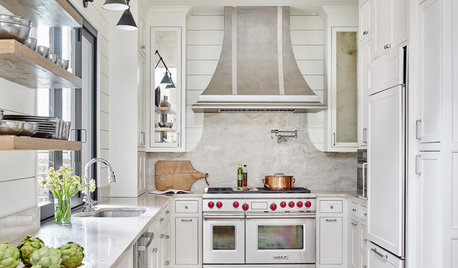
KITCHEN APPLIANCESHouzz Call: Show Us Your Creative Range Hood
Have you customized your kitchen’s range hood? Please tell us all about it
Full Story
KITCHEN DESIGNA Cook’s 6 Tips for Buying Kitchen Appliances
An avid home chef answers tricky questions about choosing the right oven, stovetop, vent hood and more
Full Story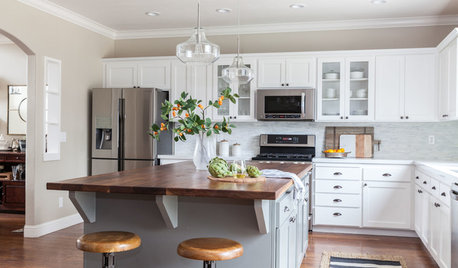
KITCHEN CABINETS6 Kitchen Makeovers That Benefited From Refaced Cabinets
These kitchens show how updating rather than replacing cabinets can keep costs down while adding style
Full Story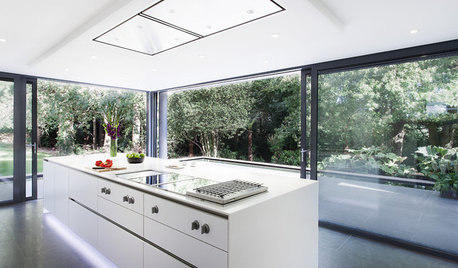
KITCHEN APPLIANCESDisappearing Range Hoods: A New Trend?
Concealed exhaust fans cut visual clutter in the kitchen
Full Story
KITCHEN DESIGNHow to Choose the Right Hood Fan for Your Kitchen
Keep your kitchen clean and your home's air fresh by understanding all the options for ventilating via a hood fan
Full Story
LIFEHouzz Call: Show Us Your Nutty Home Fixes
If you've masterminded a solution — silly or ingenious — to a home issue, we want to know
Full Story
KITCHEN APPLIANCESWhat to Consider When Adding a Range Hood
Get to know the types, styles and why you may want to skip a hood altogether
Full Story
KITCHEN DESIGNWhat to Know When Choosing a Range Hood
Find out the types of kitchen range hoods available and the options for customized units
Full Story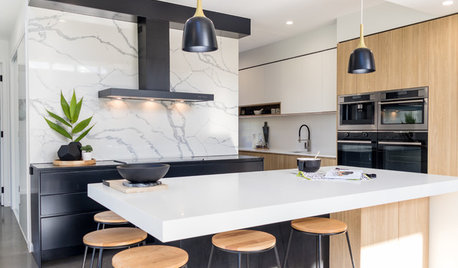
KITCHEN DESIGNHow to Get Your Range Hood Right
Get a handle on the technical specs, and then learn about fun design options for creating a beautiful kitchen feature
Full Story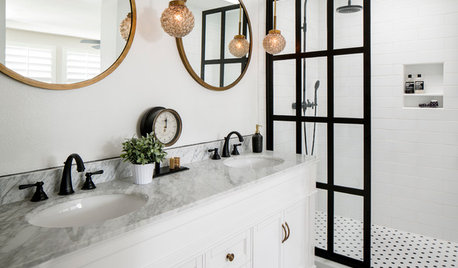
BEFORE AND AFTERSBefore and After: 6 Bathrooms That Said Goodbye to the Tub
Sleek showers replaced tub-shower combos in these bathroom remodels. Could this be an option for you?
Full Story





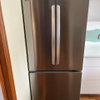
kaseki